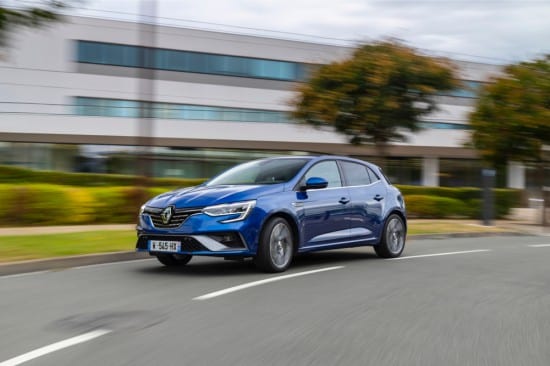
We drove: Husqvarna TE 250i in TE 300i 2018
The development of two-stroke fuel injection started at parent company KTM back in 2004, and 10 years later it has gone so far that the first prototypes are also “normally driven” and that we can drive an enduro that consumes 40 percent less fuel and less oil and meets Euro IV standard. Husqvarna keeps all its intelligence under the seat, where the engine control unit is safely hidden, which accurately measures throttle position, speed, temperature, humidity and air pressure and sends a signal to the fuel and oil injection unit in milliseconds. Thus, engine performance is optimal at all times, regardless of altitude.
But lest anyone think that Husqvarna is just a blue and white KTM in a plastic shell. When driving across the field, the difference is quickly noticeable. Husqvarnas has a different rear shock mount, and the WP front forks are mounted in milled "spiders" for greater stiffness and more precise steering at high speeds. In addition, the rear of the frame is completely different, made from a mixture of a special durable composite plastic. Climbing slopes and accelerating at full throttle, it's clear that Husqvarna's development department has played a little with the engine tuning. It reacts more strongly to gas and tends to be more aggressive in nature. That's why Husqvarna is more expensive than comparable KTM enduro models. In this Husqvarna TE 300i, when I was driving in Brenne, Poland, extreme racing king Graham Jarvis won the toughest enduro rally in Romania.
Fuel injection provides optimal performance regardless of altitude or air temperature, two different engine performance characteristics and, above all, more efficient and linear power delivery. Fuel and oil consumption is also significantly lower. However, I want to note that an experienced driver is required to ride such an adrenaline bomb. It's great for uphill climbing, and in third gear it climbs wherever you want, so to speak, since it doesn't run out of power in almost any rev range.
The second song is TE 250i, which is much more versatile, friendly and less tiring. For the occasional ride on motocross or cross-country trails where you need to ride a lot on the roots and where every kilo is known on long descents, this is even better than the performance of the 300cc. This reduces driver fatigue while driving as the lighter rotating masses in the engine make it easier to steer. It changes direction more easily and quickly, and when you add too much gas, it is more forgiving than the monstrous XNUMXs.
I must especially emphasize the characteristics of the suspension in both cases, which is great for any terrain. Whether climbing a river bed over hills, roots, or on a motocross track, always make sure the driver has good ground contact. For me, an amateur enduro driver who loves classic enduro and weighs 80 kg, the TE 250i turned out to be the perfect combination. The engine is powerful, quite maneuverable, and, if necessary, also explosive (especially when switching to a racing program for the electronics), and most importantly less tiring. For those weighing 90 pounds or more, the TE 300i will be the best choice, thanks to its monstrous torque, it will also appeal to anyone who prefers to climb steep slopes rather than anything else when the engine is running at low revs. Compared to the previous model, in which fuel entered the engine through the carburetor, only the mechanical sound of the fuel pump is of concern. But if you turn on the throttle well enough, you won't hear that sound again.
text: Petr KavcicPhoto: Martin Matula
